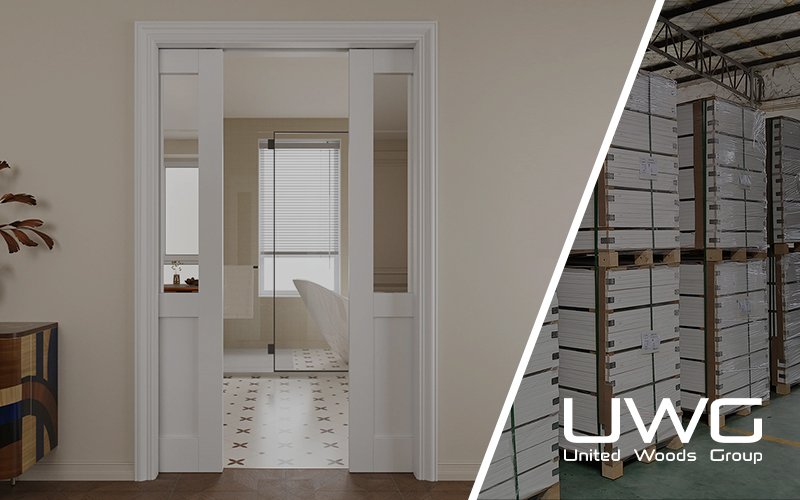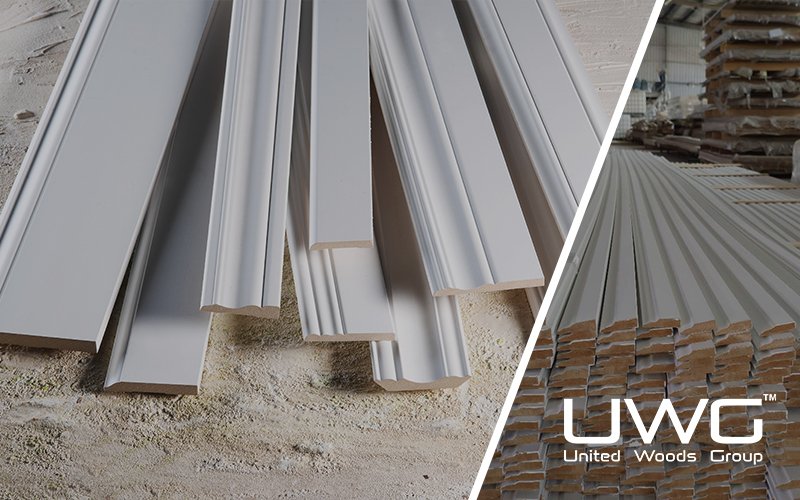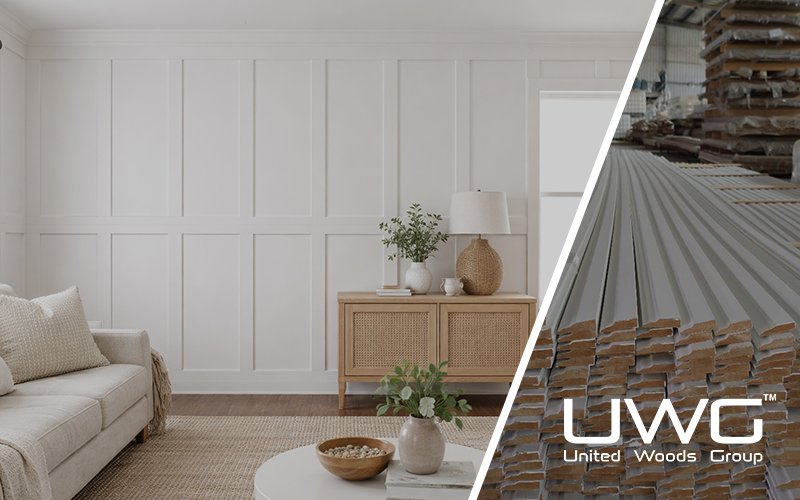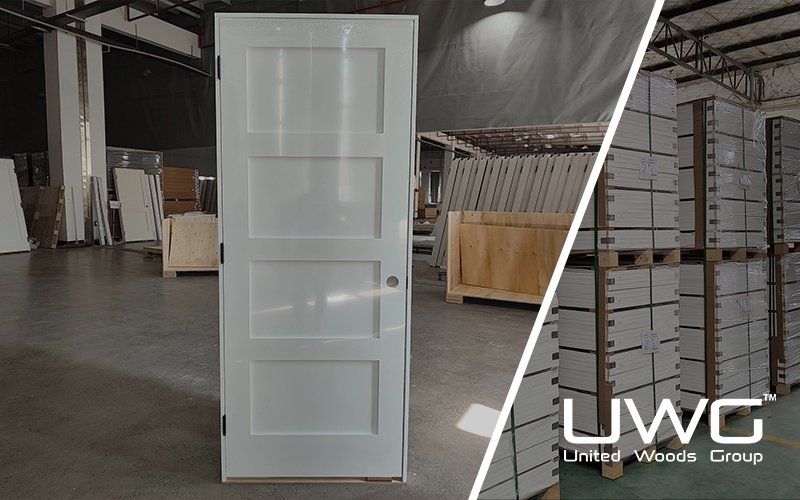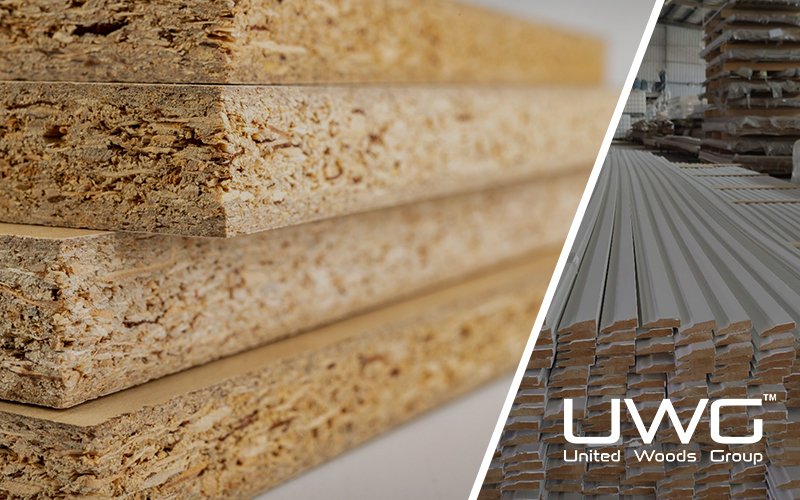Pocket doors are a sleek solution to cramped spaces, but many homeowners and builders are still unfamiliar with their benefits and drawbacks. If you’re tired of losing square footage to swinging doors or planning a modern layout, this guide explains everything you need to know.
A pocket door is a type of sliding door that opens by disappearing into a hidden compartment within the adjacent wall, rather than swinging open like a traditional door. This design saves floor space and provides a cleaner, more open feel in tight areas such as bathrooms, closets, and hallways. Pocket doors are mounted on an overhead track and slide smoothly into the wall cavity, staying out of sight when not in use. Popular in both modern and space-conscious homes, pocket doors are valued for their practicality, minimalistic look, and ability to enhance room flow without bulky door swings.
Let’s explore how pocket doors work, their pros and cons, installation tips, and whether they’re the right fit for your home or project.
How Does a Pocket Door Work?
Pocket doors operate on a sliding mechanism installed inside the wall. The door panel is attached to a track at the top and sometimes guided by a floor track or a hidden guide pin to keep it stable. When opened, the door glides into a recessed “pocket” inside the wall.
These systems typically include:
- A metal or wooden frame built inside the wall to house the door
- Overhead tracks and rollers for smooth operation
- Flush handles or edge pulls for opening and closing
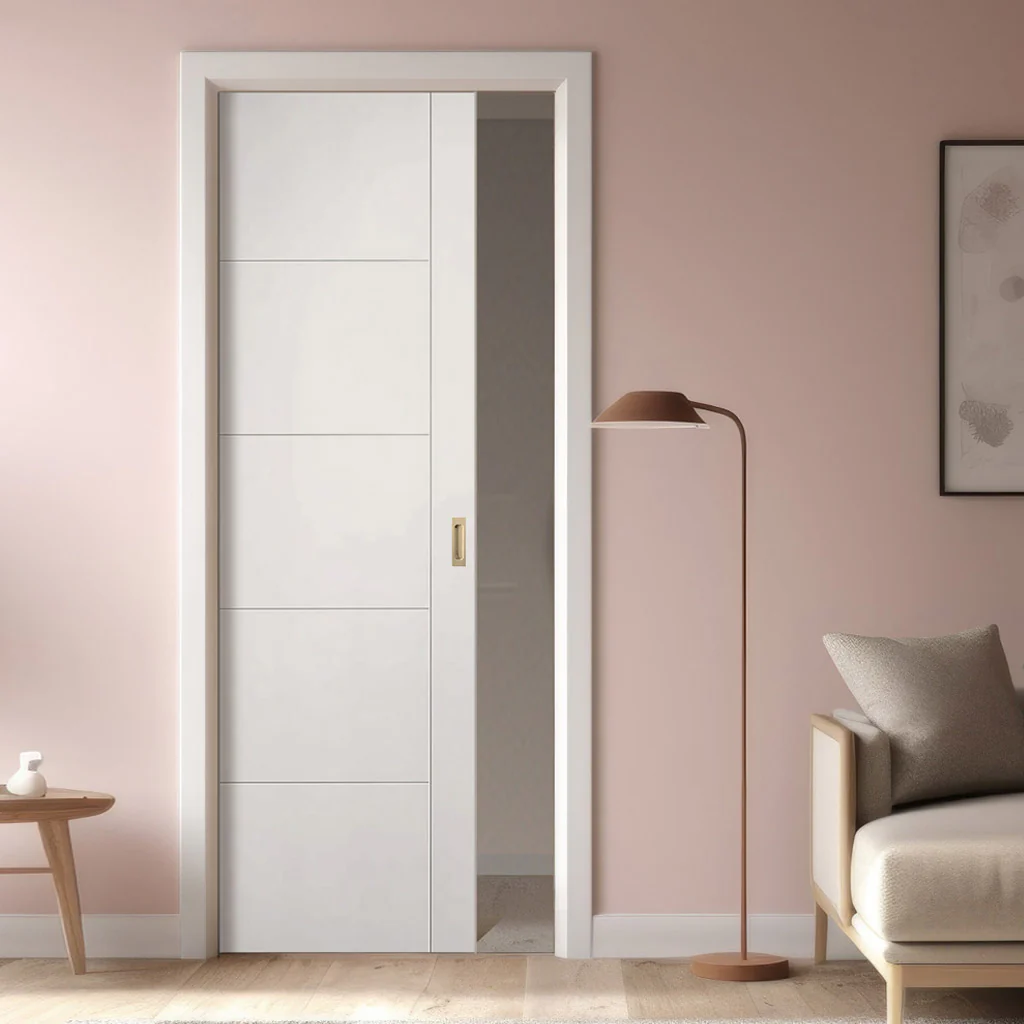
Are Pocket Doors a Good Idea?
Pocket doors are especially useful in smaller homes or rooms where saving space is crucial. Here’s why many buyers and builders love them:
- Space-saving: No need for door swing clearance
- Visually clean: Minimalistic and modern look
- Flexible: Great for bathrooms, closets, pantries, and even offices
- Customizable: Available in various styles, materials, and finishes
That said, they do require planning during construction or remodeling. They’re not ideal for high-traffic areas that need quick access or regular opening/closing.
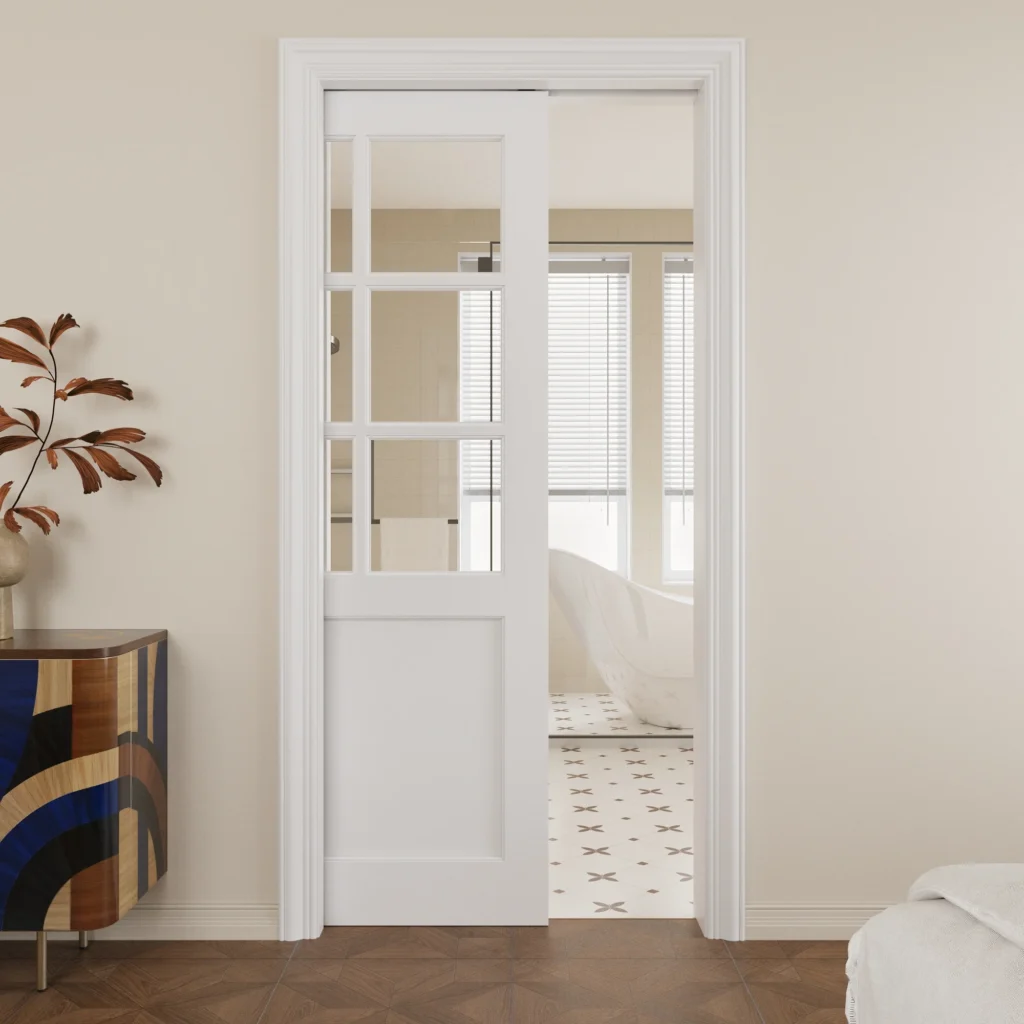
What Are the Pros and Cons of Pocket Doors?
Pros
- Maximize floor space
- Discreet and elegant appearance
- Ideal for small rooms
- Improved room layout flexibility
Cons
- Challenging to repair (door and track are inside the wall)
- Less sound insulation than standard doors
- More expensive installation
- May not support heavy locks or security features
If you’re designing with efficiency and aesthetics in mind, the pros often outweigh the cons. But consider these factors before making a final decision.
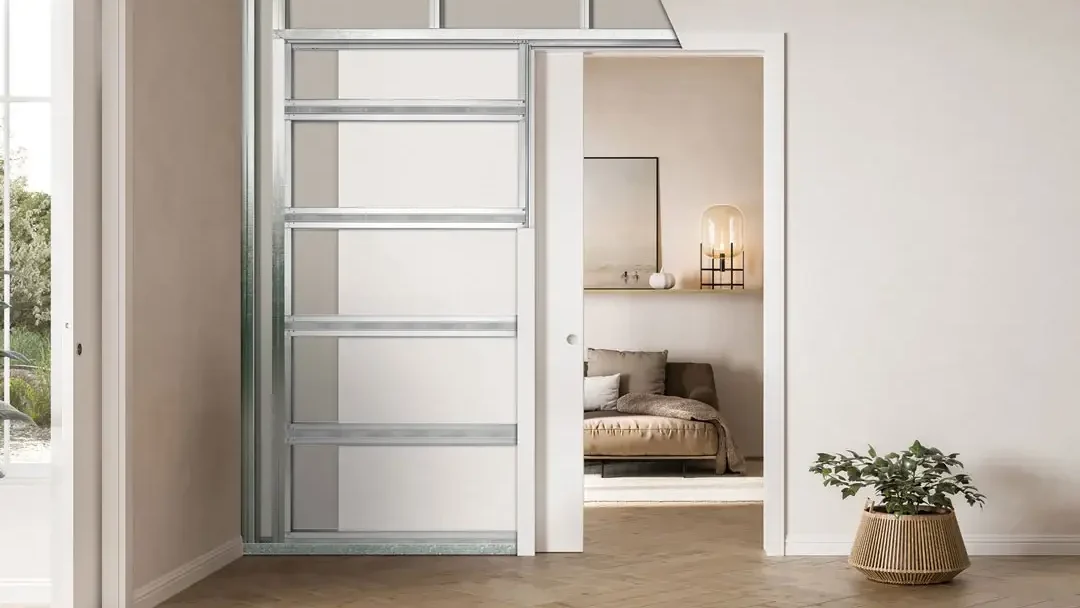
Do Pocket Doors Cost More Than Regular Doors?
Yes, pocket doors generally cost more than standard swing doors — mainly due to the specialized installation required. Here’s a quick breakdown:
| Item | Pocket Door | Regular Door |
|---|---|---|
| Door Panel | Similar | Similar |
| Frame & Track | $100–$300 | Not needed |
| Labor | $300–$1,000+ | $100–$300 |
| Total | $500–$1,500+ | $200–$600 |
The hidden frame and track need careful planning, and retrofitting one into an existing wall is even more expensive. However, the visual and spatial benefits often justify the cost.
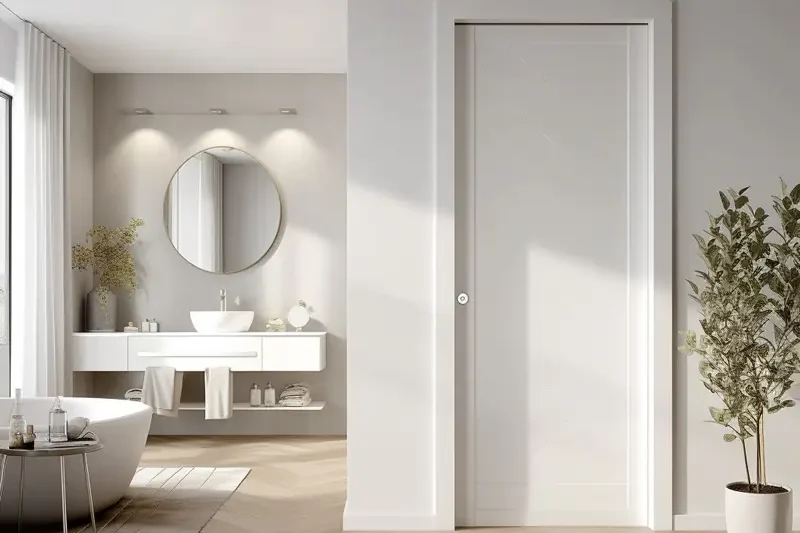
Where Are Pocket Doors Best Used?
Pocket doors shine in areas where every inch counts. Here are the most common placements:
- Bathrooms: Saves space and hides clutter
- Closets: Offers full access without blocking walkways
- Pantries: Keeps storage areas tucked away neatly
- Home offices: Provides privacy without a bulky door
- Laundry rooms: Perfect for narrow layouts
Some homeowners also install hidden pocket doors for private rooms or secret entrances, combining design with functionality.
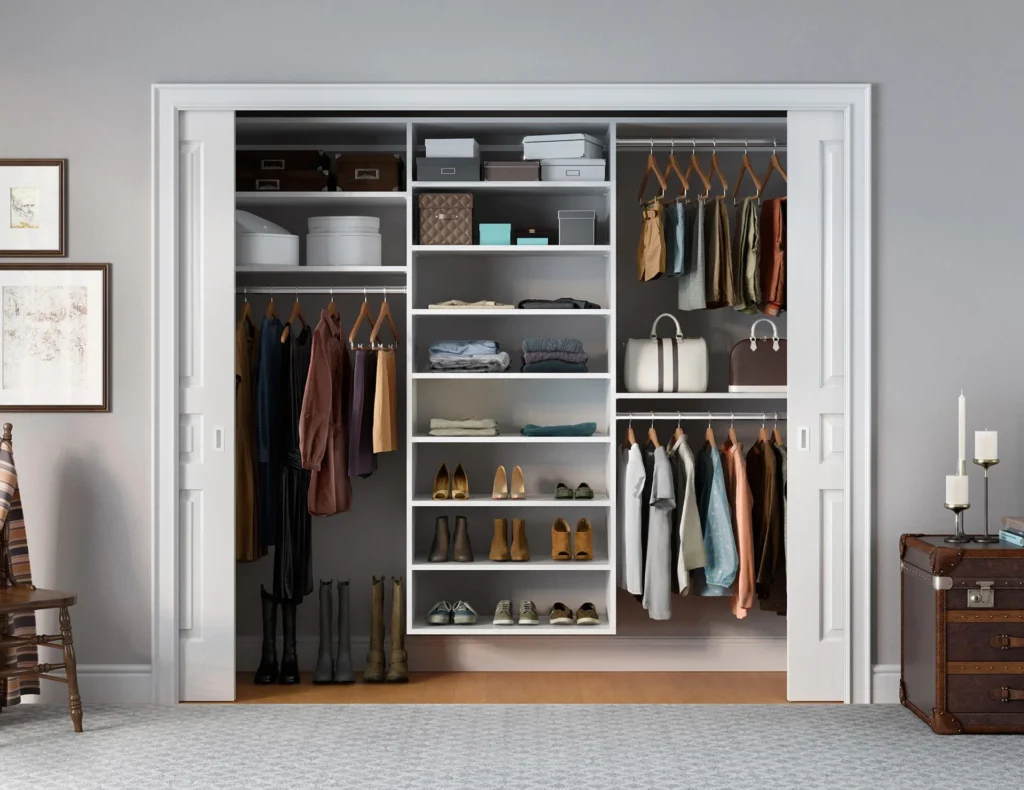
Is It Difficult to Install a Pocket Door?
Installing a pocket door can be straightforward if it’s part of new construction or a major remodel. However, in finished homes, it becomes more complex.
Here’s what’s typically required:
- Opening up the wall and removing studs
- Framing a pocket large enough for the door to slide into
- Installing a header, track, and frame kit
- Ensuring no plumbing or wiring interferes
Is It Difficult to Install a Pocket Door?
For DIYers, a pre-assembled pocket door frame kit can help, but it’s still a medium-to-advanced project. For builders, planning ahead during framing makes installation much smoother.
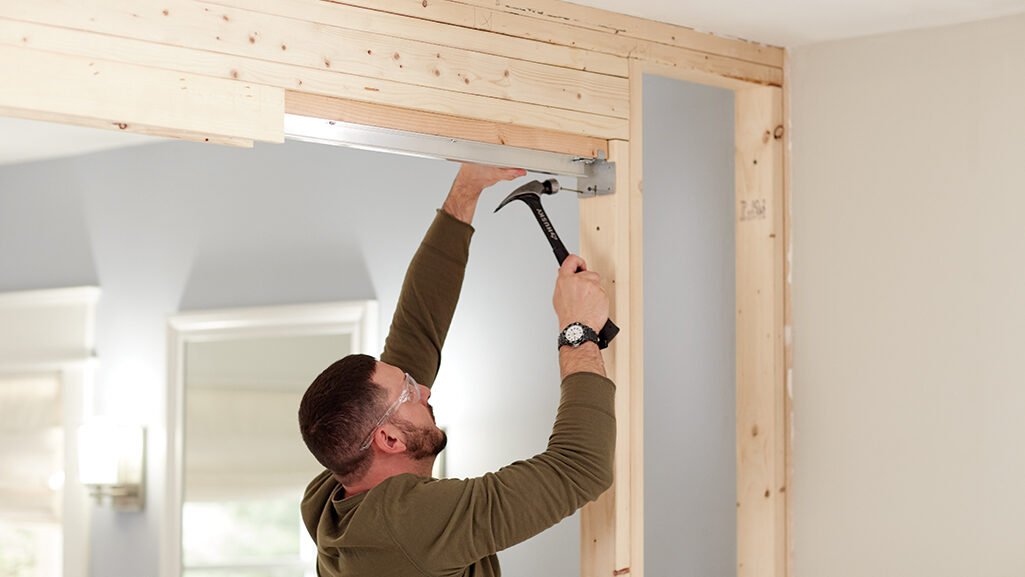
Are Pocket Doors Outdated or Stylish?
While they were popular in early 20th-century homes, pocket doors are now making a big comeback — especially in modern, minimalist, and Scandinavian design.
Today’s pocket doors come in:
- Glass and frosted finishes
- Barn-style pocket doors (hidden but rustic)
- Flush doors for a wall-to-wall seamless look
- High-end hardware systems that glide silently
Far from outdated, pocket doors are now seen as a smart and stylish design feature — especially in high-end custom homes and compact urban apartments.
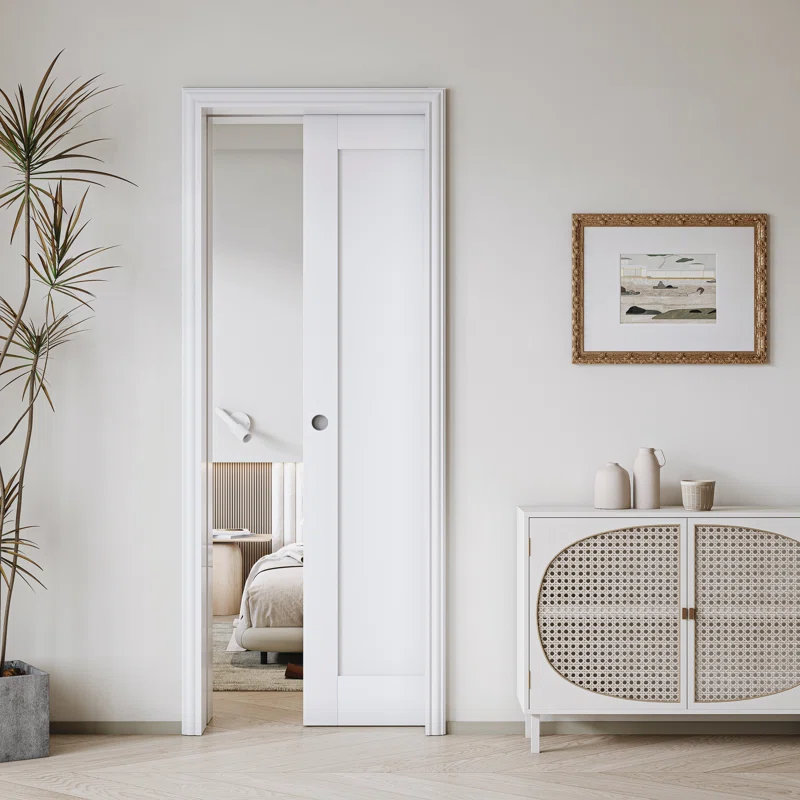
What Kind of Hardware Do Pocket Doors Need?
The hardware makes all the difference in durability and usability. Here’s what to include in your pocket door setup:
- Track and roller system (top-mounted)
- Pocket door frame kit (pre-built frames simplify things)
- Edge pulls or recessed handles
- Soft-close or soft-open systems (optional but recommended)
- Guides or stabilizers to prevent wobbling
Invest in quality pocket door hardware to avoid future problems. Cheap rollers or tracks can lead to jamming or uneven sliding over time.
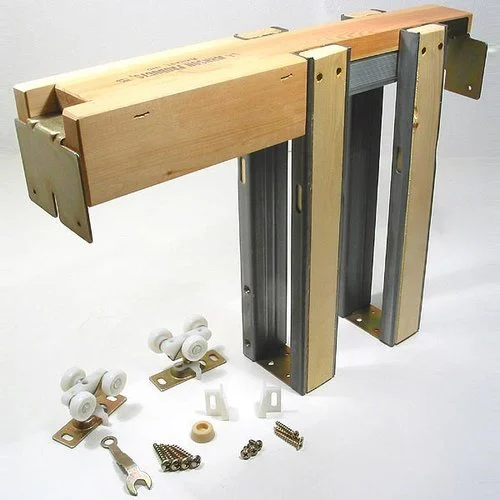
Tips From Professionals: What to Know Before Buying and Installing Pocket Doors
Plan Early
If you’re building new, mention pocket doors during framing. Retrofitting them later is far more costly and disruptive.
Avoid Load-Bearing Walls
Installing a pocket door in a load-bearing wall requires advanced structural modification and should only be done by professionals.
Choose the Right Size
Standard pocket doors are 30–36 inches wide, but you’ll need double the width inside the wall cavity to house the door.
Use Quality Materials
Don’t cut corners on the track, frame, or rollers. Builders recommend investing in top-tier hardware for longevity and smooth operation.
Think Ahead for Repairs
Once installed, repairs are hard. Consider installing removable panels or access points if the wall might need opening in the future.
Avoid in Noisy or Private Rooms
Because they’re not as soundproof or secure as regular doors, pocket doors may not be ideal for bedrooms or shared bathrooms.
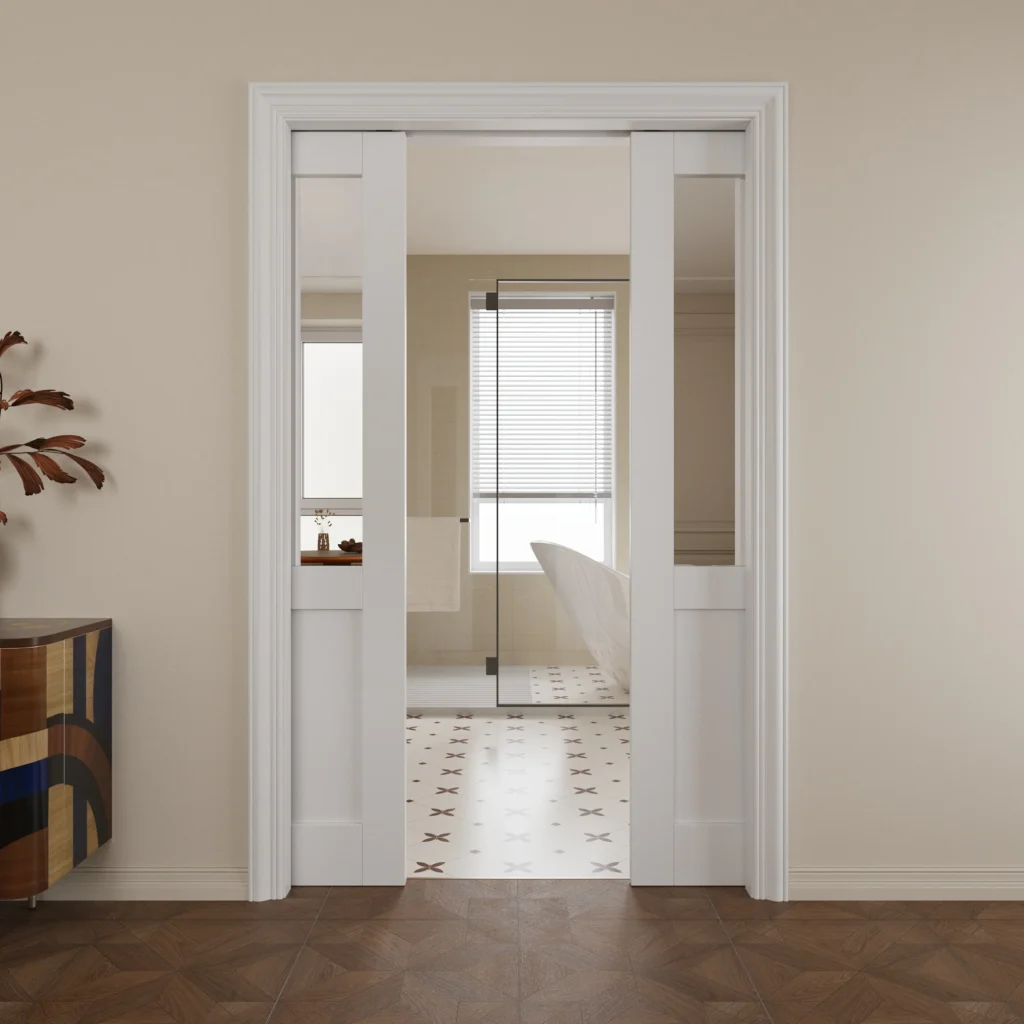
Summary
Pocket doors can transform your home layout with clean lines and space-saving functionality. Before installing, weigh the benefits and challenges. Whether you’re a builder or a buyer, understanding pocket doors will help you make a smart, stylish choice.

